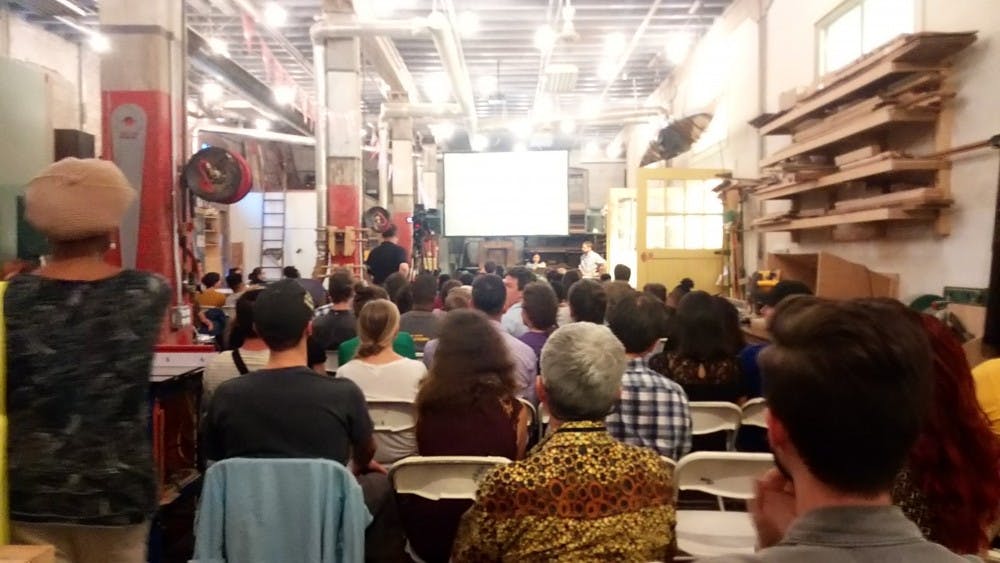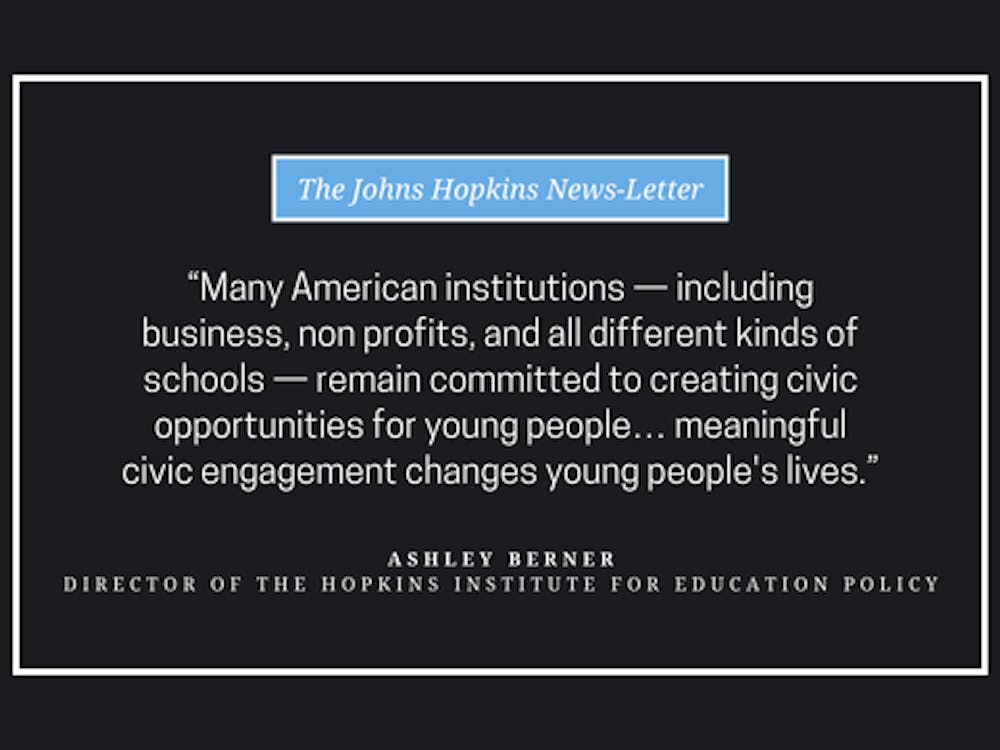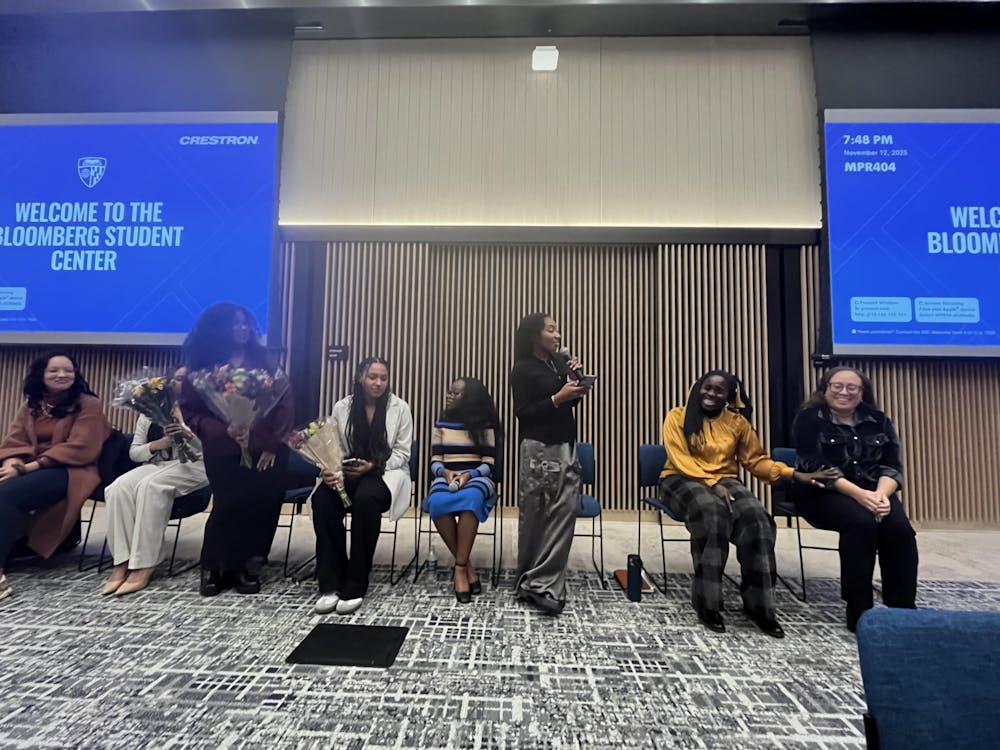The Station North Tool Library (SNTL) hosted a lecture entitled “Baltimore’s History of Redlining and Vacancies,” which explored the centuries-old ties between racism and vacant housing, on Sept. 20. Eli Pousson, a historian and the director of preservation and outreach at Baltimore Heritage Inc., a nonprofit that works to protect and promote Baltimore’s historic buildings and neighborhoods, gave the talk.
SNTL is a nonprofit organization which lends tools in the same way that a library typically lends books. It also hosts a variety of classes and is currently holding its first lecture series about public policies and social issues.
Lynn McCann, director of development at SNTL, stated that the Tool Library chose to host the event because redlining and racism are both important issues in Baltimore.
“Judging from the about 140 people who turned out for this event, people really want to hear about the history,” McCann said. “We are trying to offer that and give people an arena and an outlet to have those discussions.”
Pousson began the talk by explaining the difficulty in determining the number of vacant buildings in Baltimore. The city estimates that there are currently around 30,000 vacant buildings. However, this number is based on whether a building is uninhabitable, not whether it is unoccupied. In contrast to this, the U.S. Census Bureau in 2010 estimated that there were over 46,000 vacant buildings in Baltimore, a 50 percent increase.
According to Pousson, Baltimore has a long history of vacant buildings being a problem, as well as a long history of not knowing what to do about them. He emphasized that housing inequality is an issue that primarily affects low-income black residents.
“Recent studies have confirmed that mortgage discrimination remains a major barrier to black and Latino home buyers,” Pousson said. “What’s important to remember is that the buildings are physical consequences of the decisions by people dedicated to preserving housing segregation and [to] enacting land use and transportation policies that favor automobiles and taxing and policing buildings in ways that stigmatize poverty.”
Pousson admitted that the economy has also affected the number of vacant buildings and the ability of the state to refurbish abandoned properties. However, he believes that this is not the only reason for the vacancies.
“Elected officials have repeatedly proven to be unable or unwilling to engage with the question of how race, power and inequality decide what happens to every house in the city,” Pousson said. “Instead, politicians and planners have consistently presented vacant buildings as the outcome of an inevitable natural process rather than as a result of these specific actions, choices and policies that are shaped by white supremacy and structural inequality.”
He stated that the story normally told to explain the high number of vacant houses, one of residents losing their jobs and moving away after World War II, does not seek to hold anyone responsible for the current state of the city, as well as the inequitable concentration of vacant buildings in low-income black neighborhoods.
Pousson discussed the racist policies which promoted the segregation of the city in the 20th century, in particular the denial of loans to non-white residents of major cities across the U.S. who lived in “redlined” neighborhoods. These neighborhoods were considered risky for mortgage support by the Home Owners Loan Corporation (HOLC) and were outlined in red in their residential security maps. However, the lending risk of neighborhoods was often heavily influenced by the racial makeup of the residents.
These maps were used for decades by private and public entities to deny loans to people of color and helped create segregated cities across the country.
Pousson stated that the redlined areas on the HOLC map of Baltimore are closely correlated with areas of the city that have a lot of vacant housing.
According to data from the Baltimore Neighborhood Indicators Alliance, the rate of vacant homes in areas where less than 50 percent of the residents are black is 2.54 percent, while in neighborhoods where at least 80 percent of the residents are black, it is over 13 percent.
“I mention this not to stigmatize either black residents or majority black neighborhoods but rather to highlight or emphasize as you will hear me do again and again the disproportionate effect of vacancy on Baltimore’s black residents and their neighbors,” he said.
According to Pousson, the city took a variety of actions to address the abundance of vacant buildings, including slum clearing projects in the 1930s, public housing projects in the 1940s and urban renewal projects from 1950 to 1980.
“These projects, although they certainly took down a large number of vacant buildings, they were also part of the traumatic displacement of black tenants, homeowners, churches, businesses and community institutions from those houses, churches and commercial structures that were occupied in many of these same areas,” he said.
Beth Manning, a member of the Baltimore community, said that she attended the talk because she is both interested in Baltimore and social justice. She said the lecture encouraged her to do something about vacant housing.
“It led me to... be a part of the longer term solution and find what we as Baltimore residents can do to help contribute to big policy changes,” Manning said.





